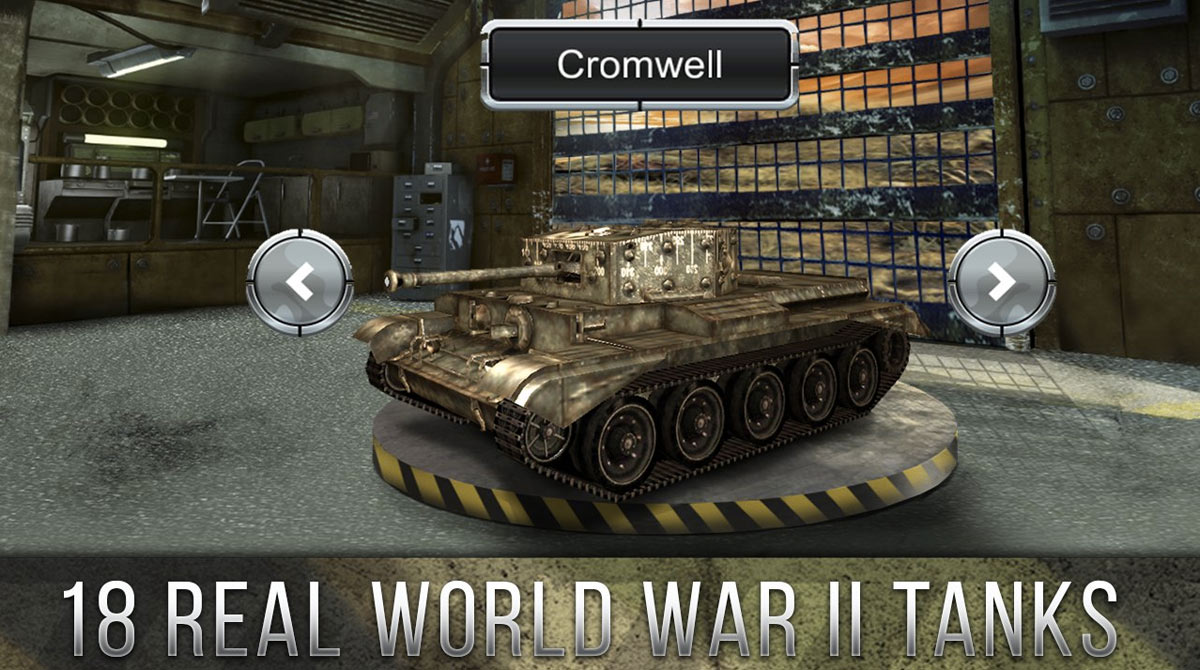

Below we describe some of the larger trends changing combined arms and what it means for military innovation and adaption going forward. The ability of tactical units - from squads to individual fighter aircraft - to conduct precision strikes across the depth of the battlefield, all captured and circulated on social media, changes how we think about tempo, decision-making, and combined arms. What the dialogue to date lacks is a broader conceptualization of how the character of combined arms is changing in what is best described as the new missile age.

These debates produce an unappreciated competitive advantage: a healthy marketplace of ideas in the profession of arms. Air Force envisions a future where the air component develops the doctrine, training, and technology necessary to accomplish operational maneuver - untethered from large, static basing. Army should focus on converging effects at the tactical level (close combat) or at the operational level, penetrating and disintegrating layered enemy anti-access/area-denial systems. Army, the multi-domain task force ushers in a new era which will be increasingly dominated by long-range precision fires combined with electronic attack and cyber operations. Retired generals question the utility of lighter expeditionary forces reliant on missiles while younger officers and thinkers are more open to experimentation and debate based on insights from conflicts like Ukraine and contingencies beyond the Indo-Pacific. Marine Corps, are responding to the requirements of great power competition. Debates are raging the about tanks and how well individual services, like the U.S.


 0 kommentar(er)
0 kommentar(er)
